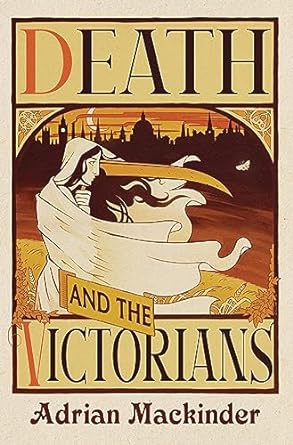The origins of modern death
Let’s face it – nobody did death like the Victorians. From Highgate Cemetery to the high drama of seances, from Jack the Ripper to Madame Blavatsky, from Waterloo Station to Brookwood Cemetery (there was an actual train!) the Victorians invented our modern response to death, its iconography and its – yes – romance.
The advent of industrialisation and the explosive expansion of the great cities had created an unprecedented problem – too many corpses, with all the squalor and disease that came with them. But alongside the practical requirements of disposal there was an increasingly sentimental attitude to the dear departed.
For the Victorians, the dead were only just out of reach, and might yet be contactable. The Society for Psychic Research boasted adherents including Sigmund Freud, Carl Jung, Arthur Balfour, W B Yeats and Arthur Conan-Doyle. These days we tend to think of spiritualism as batshit crazy, but it was, as Adrian Mackinder argues, a modernist response, using the technology and sensibilities of a scientific age to prove the existence of the afterlife and investigate the world beyond the veil.
Death and the Victorians takes a cheerful tour through all the facets of the Victorian approach to death, including resurrection men, ghost hunters, Ouija boards and the strange exhumation of Lizzie Siddal. It is all hugely entertaining.
Adrian Mackinder – Pen Sword Books RRP £25
Podcast: Play in new window | Embed





